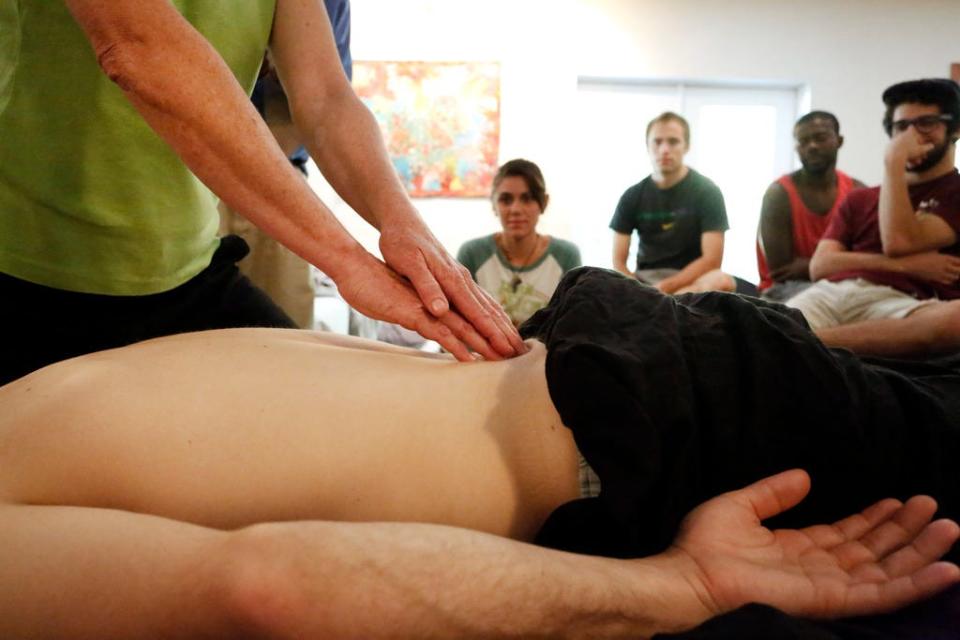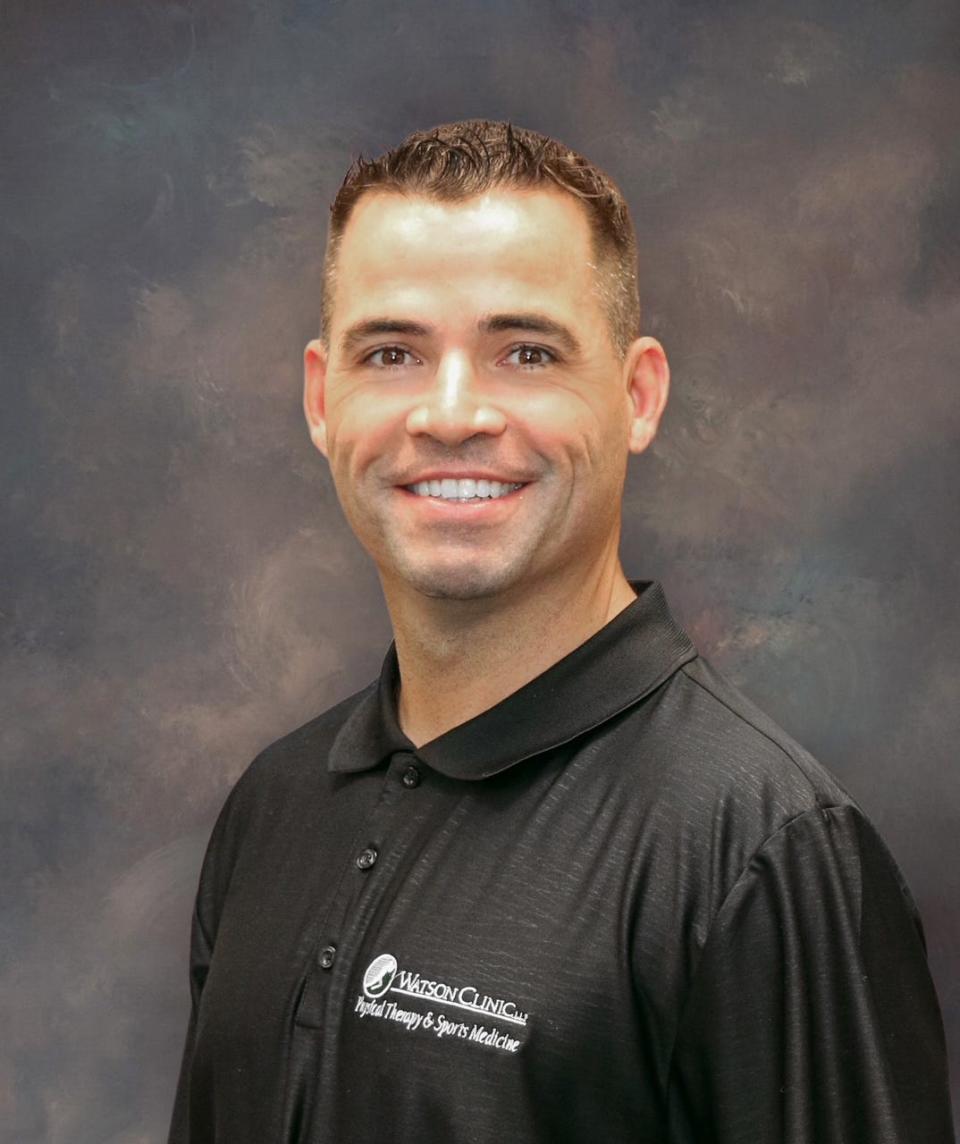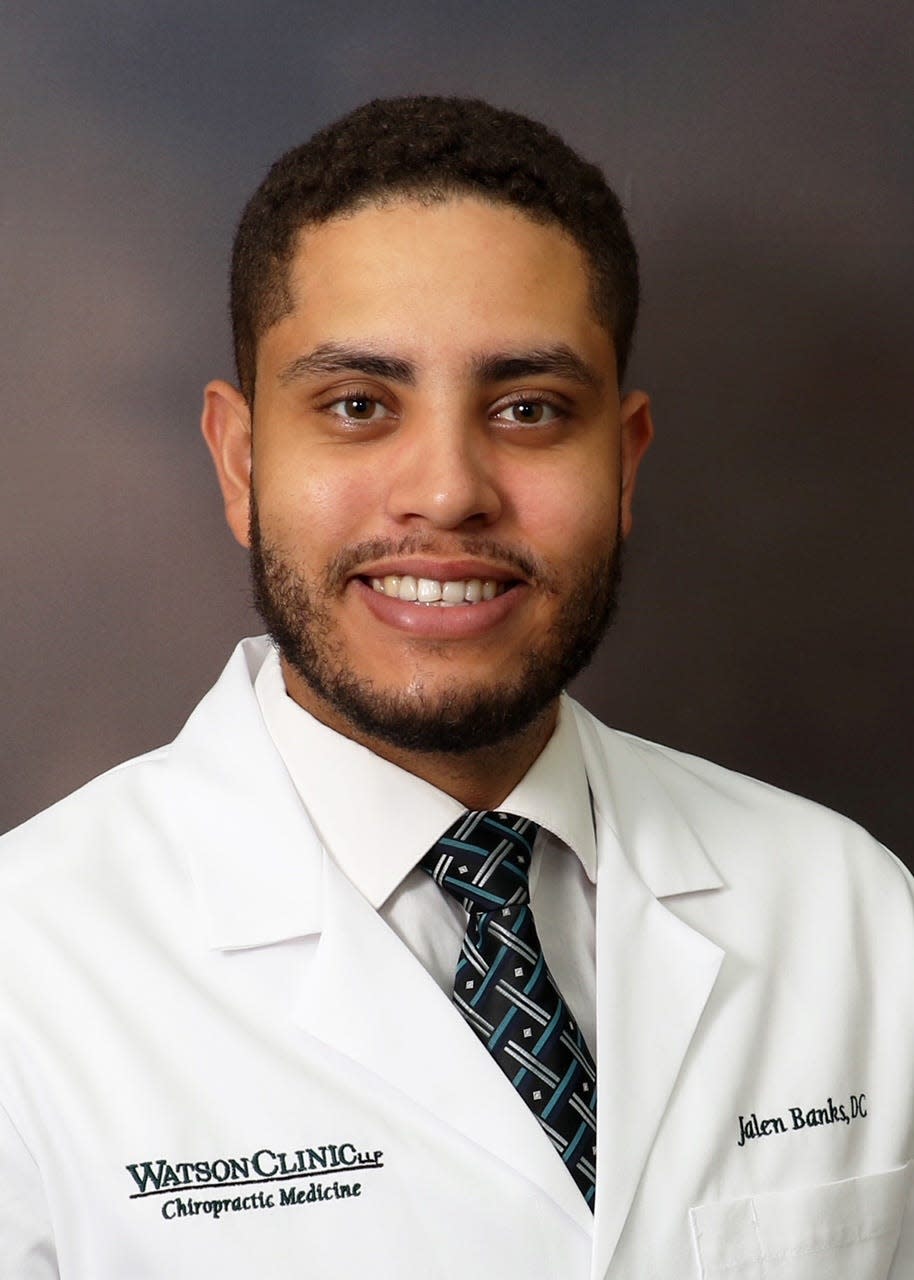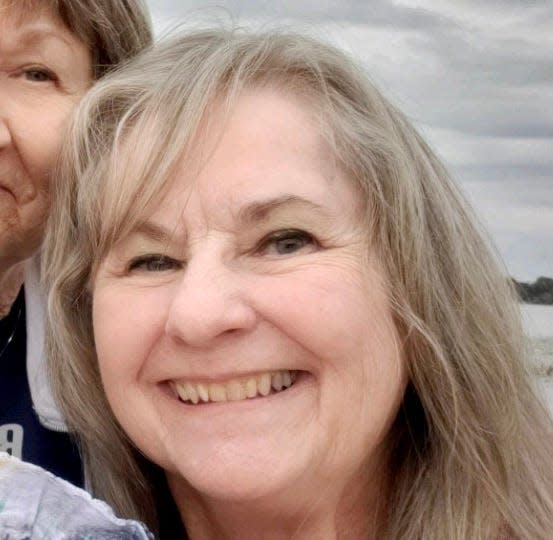Got lower back pain? The treatment options are almost as varied as the causes
- Oops!Something went wrong.Please try again later.
Adults who can truthfully say they’ve never had back pain are in a small, select minority.
One from which they may depart at any time from causes as varied as picking up a grandchild who weighs more than they think to being injured in an automobile accident.
Surveys find up to nine in 10 people report they’ve experienced back pain, some for days, others for months or years.
The lower back is the most common place where arthritic back pain strikes, with osteoarthritis the most common type.
There are multiple types of back pain from multiple causes.
Just turning or bending the wrong way can set off your often-weak muscles.
The gel-filled cushions between the vertebrae of the back can slip out of position and start putting pressure on nerves. Cartilage can deteriorate in joints connecting the vertebrae in the lower back. A list of possible causes would take an entire article.

Collaboration growsChiropractic care is slowly gaining acceptance from medical doctors
Just normal aging?Maybe not. Forgetfulness could be a sign of mild cognitive impairment
Moms with MonitorsHealth department offers blood-pressure monitors to at-risk moms
We’re conditioned to pop a pill for pain.
In the short-term, if the pain happens only infrequently or for a limited time, that may be what people do first without harm.
On a long-term basis, however, when the pain has become chronic, continued and ongoing, use of pain medicines carries risks.
The danger isn’t just from strong opioids.
“People who take Advil and ibuprofen regularly run the risk of kidney damage and GI bleeds,” said Dane Parker, a Lakeland chiropractor and certified family nurse practitioner.
Gastrointestinal bleeding is a well-known risk with excessive use of non-steroidal anti-inflammatory drugs.
Narcotics and opioids can create issues such as constipation, addiction, and markedly increasing patients’ risk of falling, Parker said.
The American Chiropractic Association puts a major emphasis on providing hands-on treatment with less use of pain medications.
Back pain often clears up on its own but, depending on the severity of the pain or an individual’s tolerance level, some seek immediate help.
Others wait too long to even check with their primary care provider.
Non-surgical treatments may include rest, exercise, physical therapy, medications, shots, acupuncture, chiropractic treatment and other pain management techniques, said Jack Ryals, a Watson Clinic physical therapist who oversees physical therapy, occupational therapy and the clinic’s newly added chiropractic services.

The American Academy of Orthopaedic Surgeons says it’s best in most situations to try nonsurgical options for six months to a year before considering surgery.
“In addition, surgery should only be considered if your doctor can pinpoint the source of your pain,” according to its website orthoinfo.aaos.org.
Much back pain doesn’t need surgery.
That’s something on which doctors of allopathic, chiropractic and osteopathic medicine can agree.
Allopathic or conventional medicine is the philosophy of medicine practiced by doctors with the initials MD after their names.
Osteopathic medicine strongly emphasizes treating the whole patient. Osteopathic doctors interviewed for Your Health three years ago spoke strongly about that and the body’s inherent ability to heal itself.
Osteopathic and allopathic physicians accept the validity of the others’ training and skills. The fields are recognized as equivalent in the U.S.
Chiropractic physicians say the body has the ability to heal itself if given proper support. They focus on disorders of the musculoskeletal system and the nervous system; and how those affect general health, according to the association website, handsdownbetter.org.
Pain in the back, neck and joints in the arms or legs are among common musculoskeletal complaints they treat. Headaches are another.
“As a chiropractor, I am an expert in treating any musculoskeletal issue,” said Jalen Banks, who joined Watson Clinic last year.

“This includes any muscle or joint pain.”
Each of the three professions accept physical therapy as a valid treatment. Many doctors support or at least don’t frown upon massage or acupuncture.
“Massage therapy is being recommended more often by U.S. physicians,” said Sharon Phillips, lead massage therapy instructor at Ridge Technical College, who also does acupuncture.

“This is because patients have demanded complementary health approaches to mitigate lower back pain.”
Massage is the complementary health approach physicians overall most commonly recommend, listed by 30.4% of doctors surveyed, followed by 27.1% for chiropractic/osteopathic manipulation, Phillips said.
Those results were reported in the Jan 20, 2020, Journal of Alternative and Complementary Medicine, analyzing data from a 2012 National Ambulatory Medical Care Survey.
Next came herbs/nonvitamin supplements, recommended by 26.5%; yoga, 25.6% and acupuncture, 22.4%.
General and family practice doctors most commonly recommended chiropractic/osteopathic manipulation (54%) and massage therapy (52.6%).
Relations between medical doctors and chiropractic doctors improved somewhat in the past 25 years (see accompanying article). Their approaches to treating pain differ, however.
Some medical doctors still don’t see much benefit in chiropractic.
Chiropractic doctors maintain their approach is better for patients than ongoing reliance on pills, pain shots and invasive procedures.
Patients can’t assume a primary care practitioner will suggest chiropractic treatment as an option, although some will. Massage and acupuncture also may not be on your doctor’s preferred treatment list.
It behooves patients to inform themselves on alternative methods. Discuss them with their primary care providers and, if interested, make sure to choose licensed practitioners.
States license acupuncture, chiropractic and massage providers, as they do other health professionals. Florida’s website to check licensure is mqa-internet.doh.state.fl.us.
Robin Williams Adams can be reached at robinwadams99@yahoo.com.
This article originally appeared on The Ledger: Here's why different professionals approaches to back pain vary

